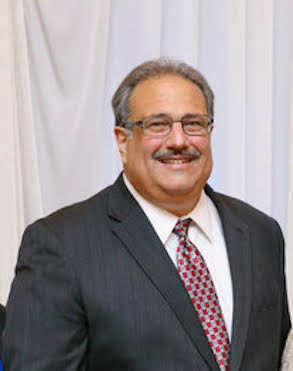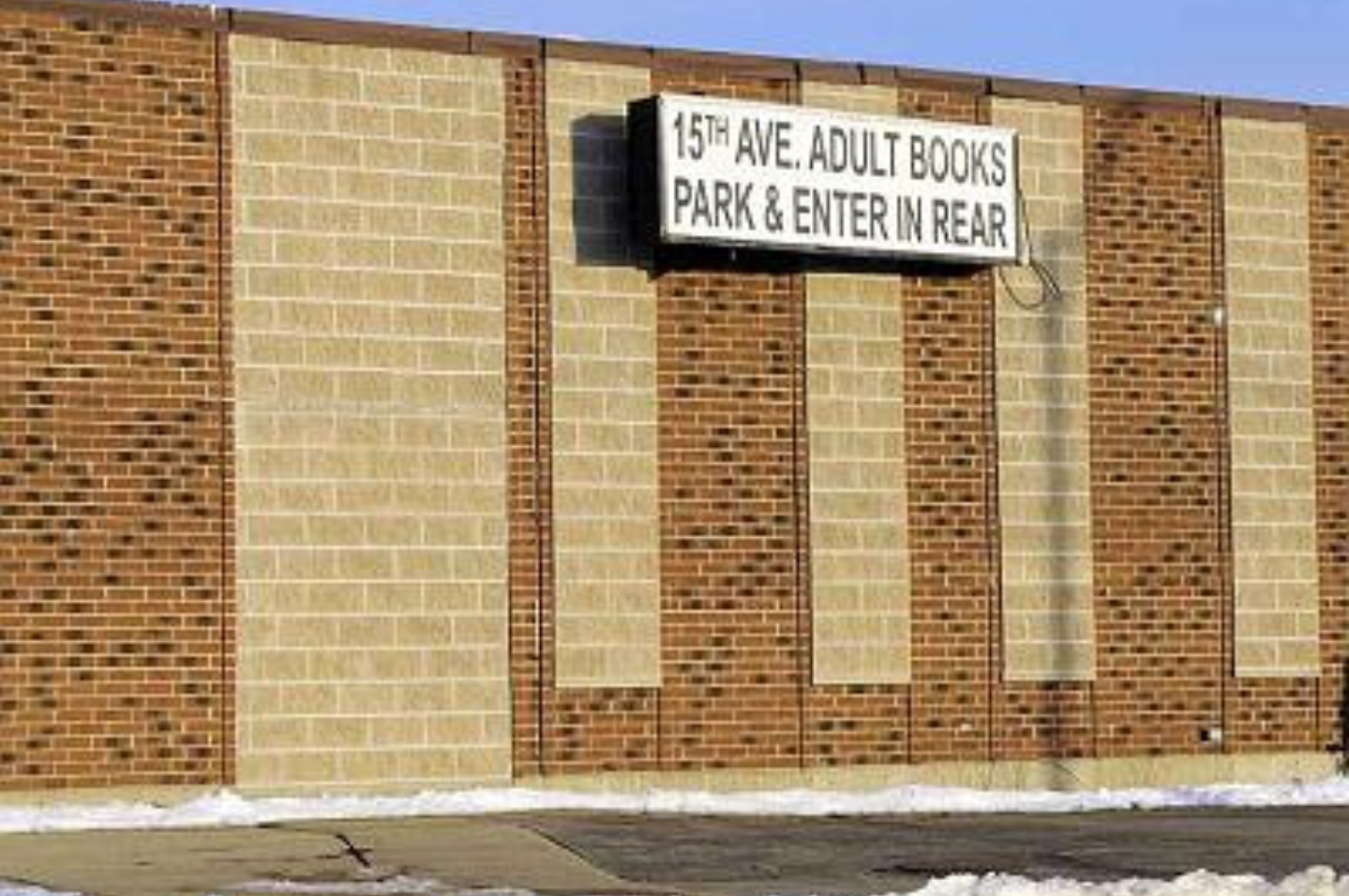If you are like me and you love history, you might remember some interesting changes that recently began to happen within the media community. You might remember a young reporter named Dan Rather standing up, asking President Nixon a question, and then adding an insulting statement that would have been termed unacceptable in newsrooms across America. What happened to Dan Rather for this insulting statement? For all journalists within the industry to see, Rather was promoted and put on a “fast-track” within the network for his aggressive attack on a sitting President, a President despised by the national media leaders. Rather’s actions, considered “off-limits” by the mainstream media professionals for years had now been rewarded with a major promotion. Things were changing with the media and the media elite. In-Your-Face journalism against one party had been accepted and rewarded.
Since that time several general elections have come and gone and the major media has seemed to have lost the professional journalism leadership in the newsrooms, allowing “ratings and confrontation journalism” to become the staple of everyday media reporting. With Ivy League business leaders, not journalism leaders, running the media outlets, the industry lost its “truth in journalism” philosophy only to have that virtue replaced by one-sided advocacy. Lost in all of this change was the fact that corporations that also had political leanings now suddenly owned media outlets. With all of these changes, the independent and fair-minded journalism newsroom of the past were now gone. Biased reporting became the everyday guideline to success within the media. Fairness and objectivity were pushed aside for ideological advocacy.
From this over-the-top, political advocacy came the birth of conservative talk radio, which became the only outlet for middle of the road to right of center political thinking people in America who were rejecting the new media and their ideological advocacy. The stronger the push from the regular media to the far left, the greater the strength of right-wing leaning talk-radio. However, as the major media pushed further left, their “fairness” doctrine policy became a policy of the past. Also gone was the theory of “freedom of the press.” For this point in time on, the major media had become firmly associated with the Democratic Party and used this position of authority and power to exert their demands that candidates strictly accept the power of the media and acknowledge their new role in the governing of the country. The media was creating the candidates, creating the issues and telling America what they thought America should know.

![[Serial Wife Killer And Former Police Official] “Drew Peterson, Running For Mayor of Schiller Park” Nick Caiafa](https://www.americannewspost.com/wp-content/uploads/2017/03/ncaiafa_3.jpg)

